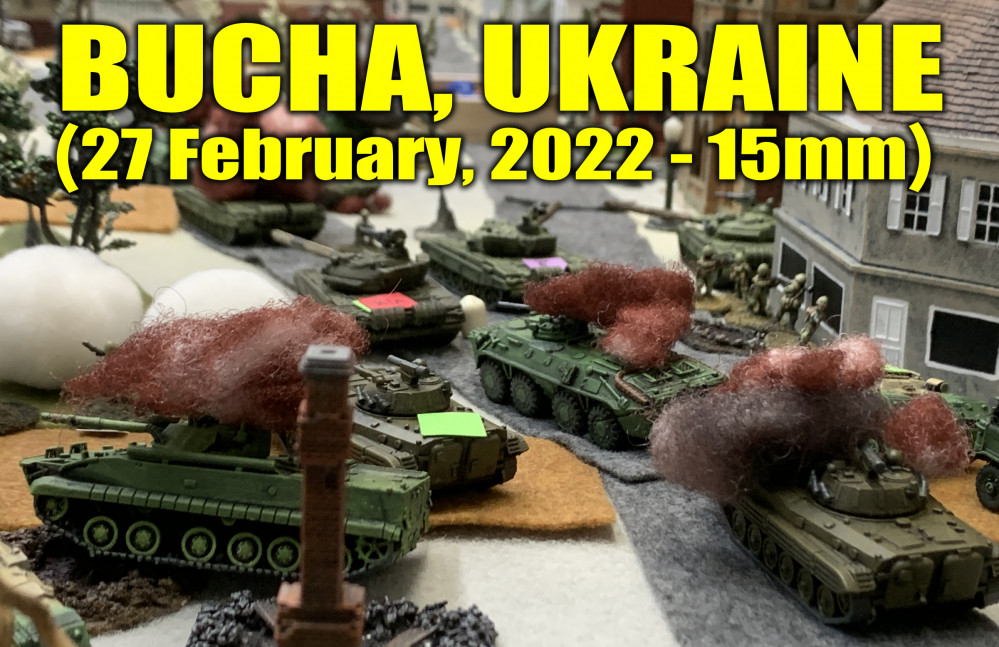
Bucha, Ukraine - 27 Feb 2022 - 15mm
Prep Materials Complete for Today's Stream Game
Prep materials are just about complete for today’s stream game.
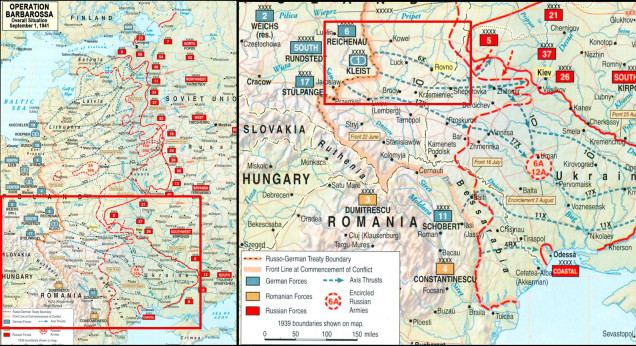 Large scale strategic overview of the opening phases of Operation Barbarossa (80th Anniversary unfolding over the next couple weeks). Red rectangles show successive zoom-ins to today's game at Dubno-Brody.
Large scale strategic overview of the opening phases of Operation Barbarossa (80th Anniversary unfolding over the next couple weeks). Red rectangles show successive zoom-ins to today's game at Dubno-Brody. Operational scale overview of the Battle of Dubno-Brody. Each annotation is a DIVISION, 10-15000 men. There are close to a million people on this map. We see five German Panzer Divisions and five Soviet Mechanized Tank Corps (each with at least 1-2 tank divisions). Yeah, this was a BIG battle - 80 years ago this week.
Operational scale overview of the Battle of Dubno-Brody. Each annotation is a DIVISION, 10-15000 men. There are close to a million people on this map. We see five German Panzer Divisions and five Soviet Mechanized Tank Corps (each with at least 1-2 tank divisions). Yeah, this was a BIG battle - 80 years ago this week. The map for today's game. 150-meter hexes, each hex about five feet across in 15mm. German forces set up on the northern half of the table. Soviets enter along the southern edge in a massive counterattack (spearhead of 12th and 34th Tank Divisions / 8th Mechanized Corps). Victory is determined by how many Soviet combat units remain on the northern half of the table by the end of Turn 8.
The map for today's game. 150-meter hexes, each hex about five feet across in 15mm. German forces set up on the northern half of the table. Soviets enter along the southern edge in a massive counterattack (spearhead of 12th and 34th Tank Divisions / 8th Mechanized Corps). Victory is determined by how many Soviet combat units remain on the northern half of the table by the end of Turn 8.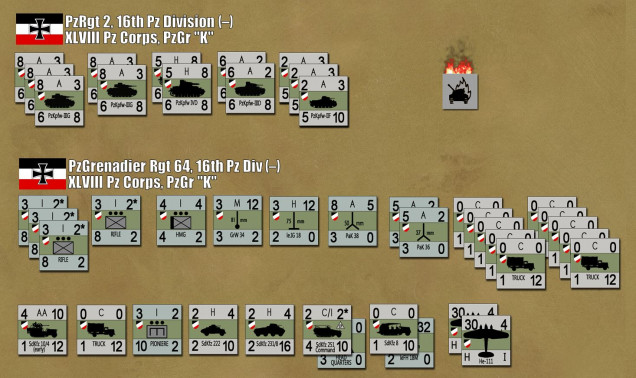 German forces. Note these are June 1941 units, so no big Tigers, Panthers, or even tank-killing Panzer IVs. In FoW terms, this is the very end of "early war," juuuust shifting to mid-war. German aircraft arrive on Turn 4.
German forces. Note these are June 1941 units, so no big Tigers, Panthers, or even tank-killing Panzer IVs. In FoW terms, this is the very end of "early war," juuuust shifting to mid-war. German aircraft arrive on Turn 4.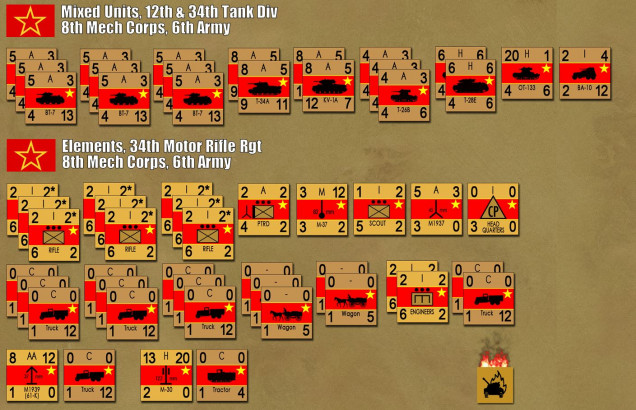 Soviet forces. Note the T-34s and KV-1s are the earlier versions with the short L-11 30.5 caliber gun, which results in slightly shorter range and reduced armor-piercing hitting power. The "famous" T-34 and KV-1 have the longer, higher-velocity, harder-hitting 42.5 caliber F-34 model gun. These are just earlier versions used at the very start of the Russo-German War. Also, plenty of the BT-7 ("Knights in Plywood" as Katukov called them), T-26s left over from Finland and the Spanish Civil War, etc. This is what was available to the Red Army of Workers and Peasants when Barbarossa first hit in late June, 1941.
Soviet forces. Note the T-34s and KV-1s are the earlier versions with the short L-11 30.5 caliber gun, which results in slightly shorter range and reduced armor-piercing hitting power. The "famous" T-34 and KV-1 have the longer, higher-velocity, harder-hitting 42.5 caliber F-34 model gun. These are just earlier versions used at the very start of the Russo-German War. Also, plenty of the BT-7 ("Knights in Plywood" as Katukov called them), T-26s left over from Finland and the Spanish Civil War, etc. This is what was available to the Red Army of Workers and Peasants when Barbarossa first hit in late June, 1941.






























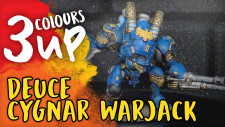
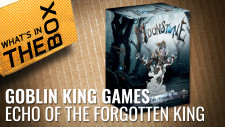
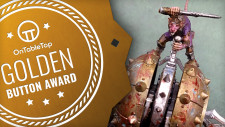

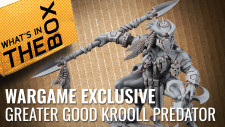
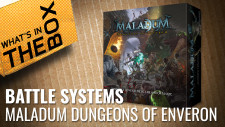





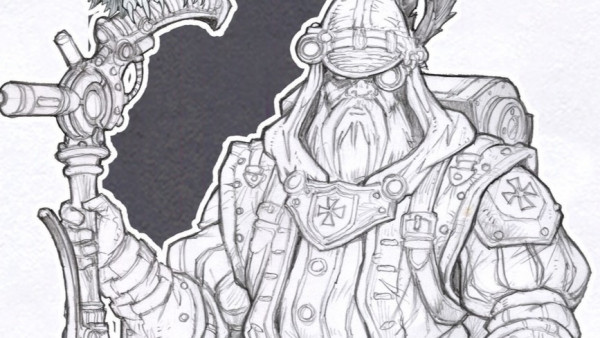
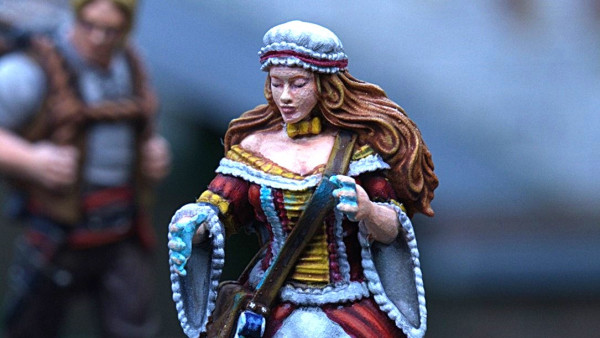
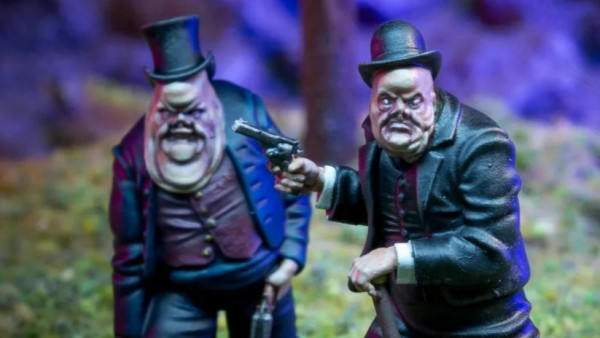

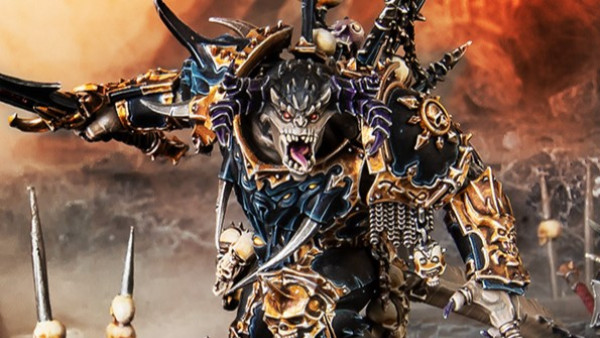
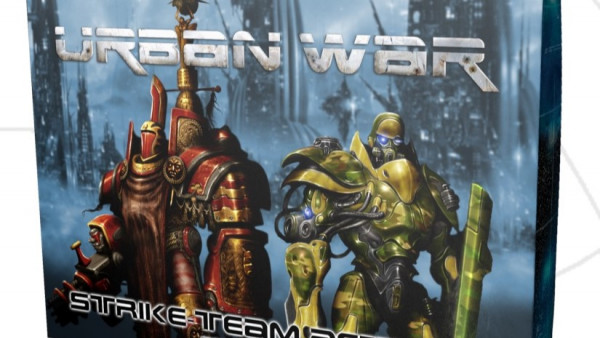
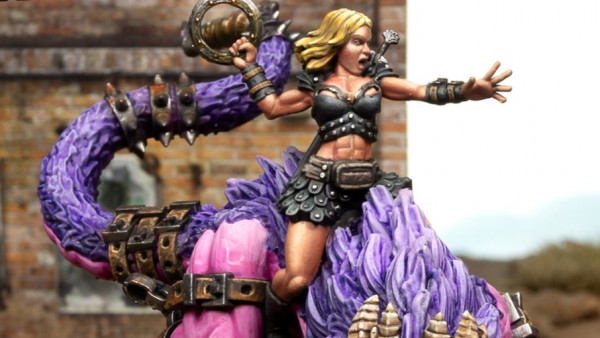
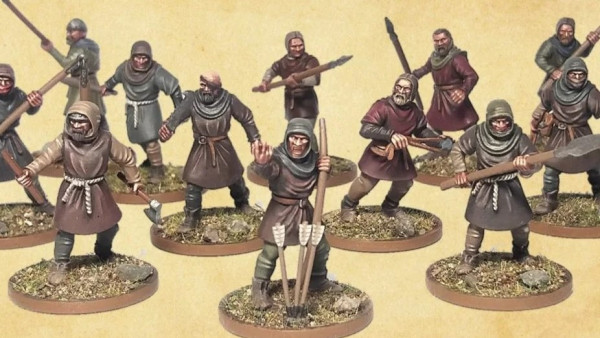




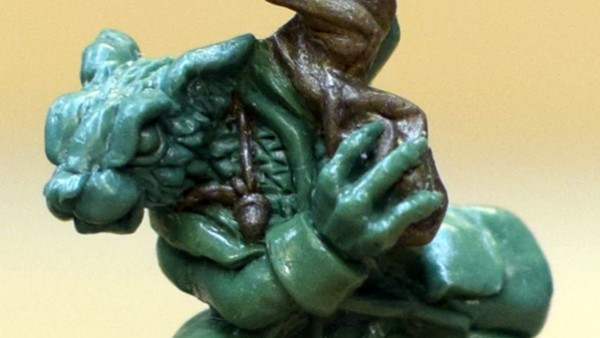

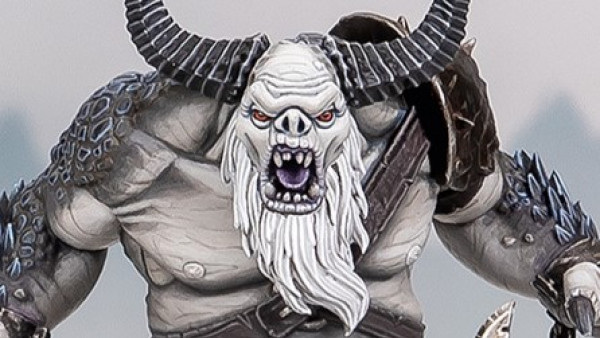
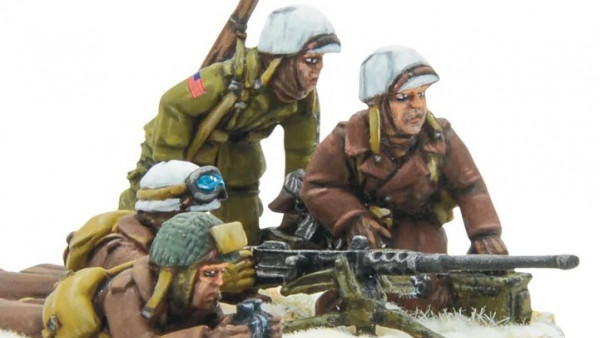
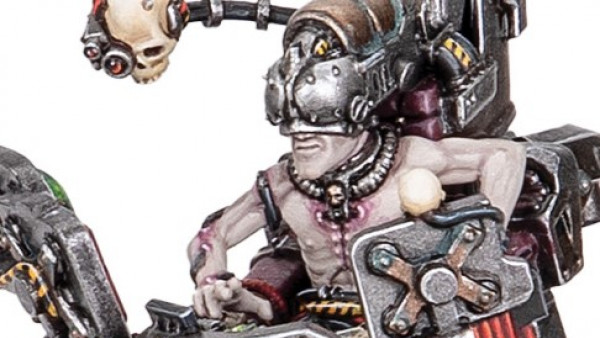
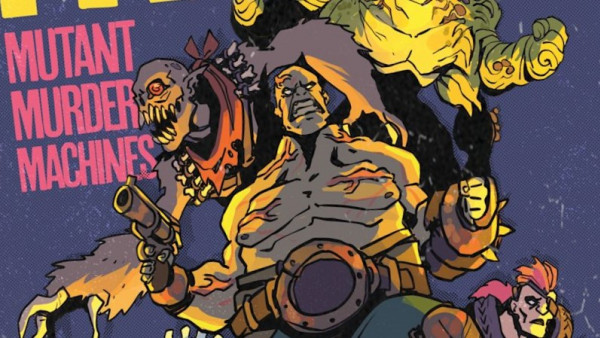

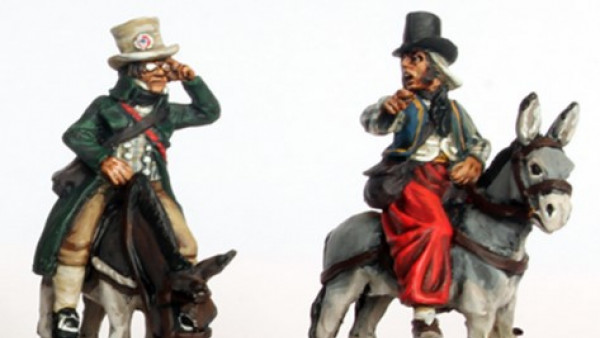
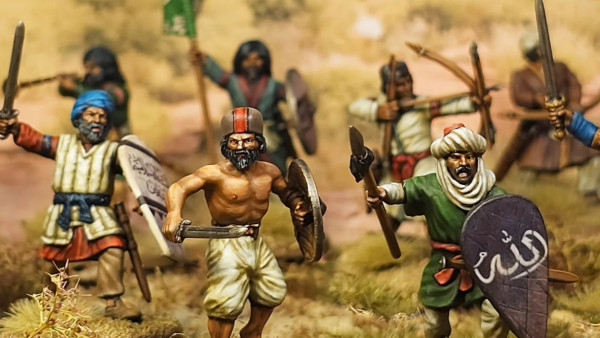
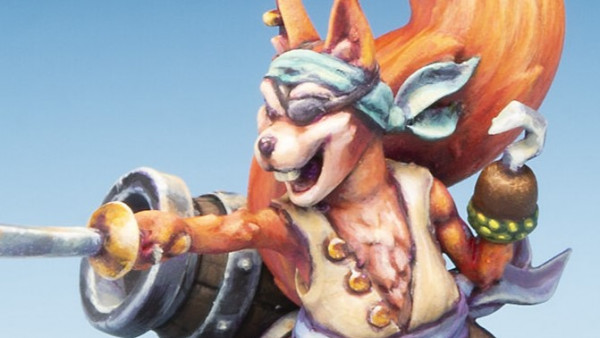
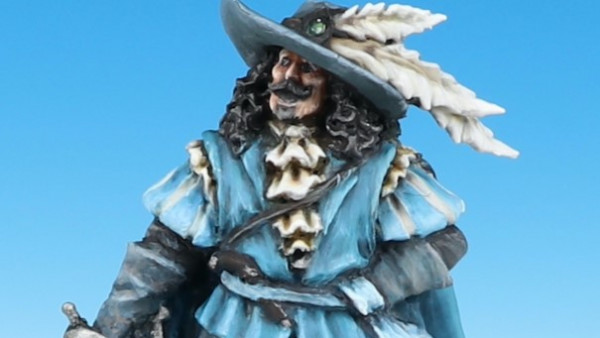
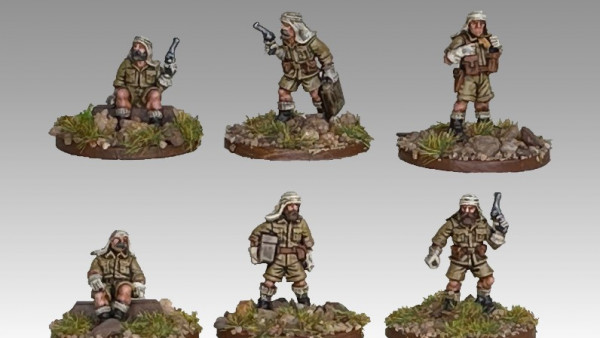



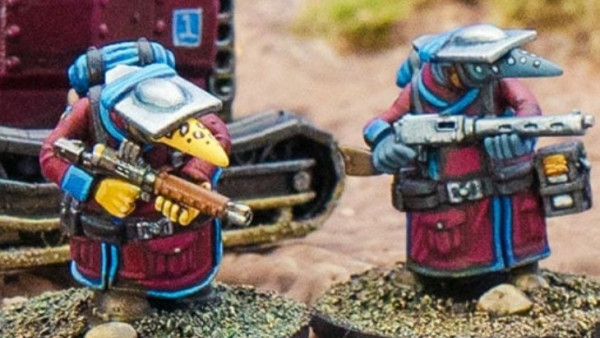
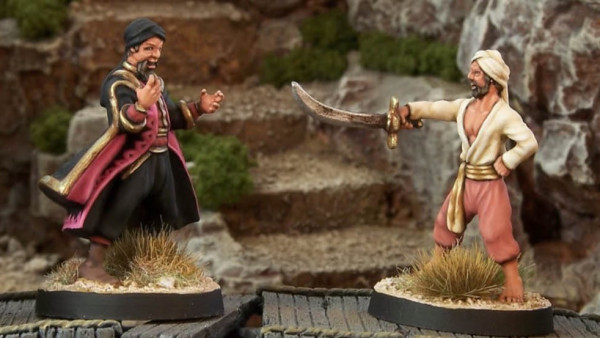



Leave a Reply